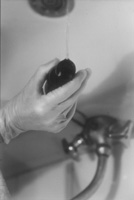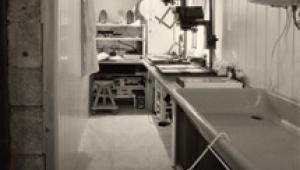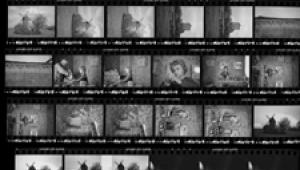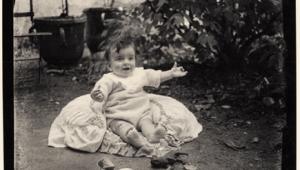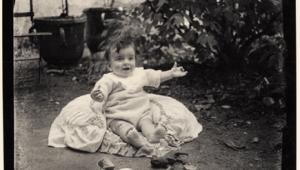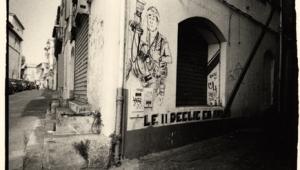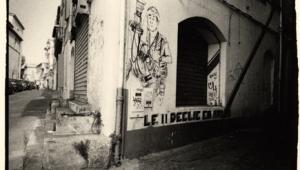The Darkroom: Strip, Clean, And Overhaul
"A house is a machine for living."--Le Corbusier Any machine needs maintenance.
Here's how I maintain my darkroom: a "strip, clean, and
overhaul" in engineering terms, or a tune-up in automobile terms.
Every 600 prints, or six months... Well, it's not that regular,
but you know what I mean. Do it now, before the winter darkroom season
starts. Chemical Control Dust Control And Now, The Gear... And The Wet Side,
Too Manufacturers/Distributors Crown Photo Systems (Minilab
supplies) Jobo Fototechnic Inc. (Nova) Kinetronics Corporation (Darkroom
accessories) Liberty Photo Products (Minilab
supplies) Loon Photographic Inc. (Minilab
supplies) Minilab Supply Store (Minilab
supplies) Photographic Solutions, Inc.
Seneca Tec (CHEM-KWIK) |
